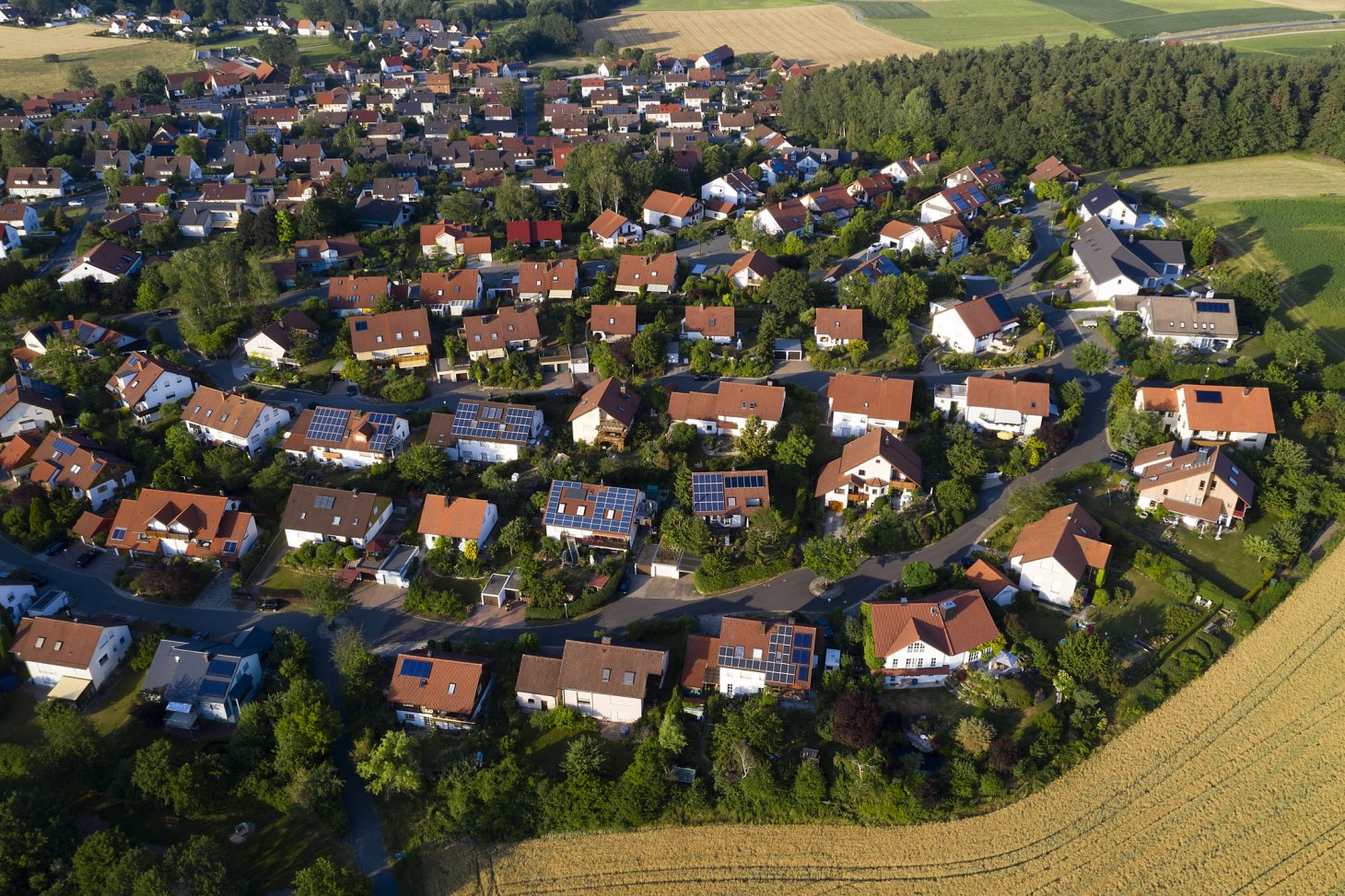
Revised targets for zero carbon homes, announced somewhat out of the blue in the recent Ten Point Plan for a Green Revolution could actually prove counter-productive if they are widely viewed as unrealistic.
In previous comments on the Future Homes Standard, and associated changes to Building Regulations, I speculated that, although ambitious, the targets for improved energy efficiency and the removal of fossil fuel heating, could be met by a motivated and innovative industry.
Targets can be very positive, providing a focus for change and a defined timescale by which achievement is expected. Way back in 2007 we saw effective zero carbon house prototypes being built to meet the targets of the time.
With the abandonment of the Code for Sustainable Homes and with it the target to be building zero carbon homes by 2016 (remember that?), much of this innovation was simply shelved, so the industry is simply not ready to deliver zero carbon homes, at volume, at short notice.
The Government’s 10-point Plan for a Green Revolution, published at the end of November, provides admiral clarity on the intended direction. It’s a clarion call to accelerate the roll-out of green energy generation and remove carbon from many aspects of our modern world.
For buildings, the intention is to bring forward the implementation date for the Future Homes Standard (new homes to have 80% lower carbon dioxide emissions than current building regulations) by two years to 2023, with the additional specific intention to install 600,000 heat pumps by 2028.
But I’m not sure that these particular targets are helpful. The original 2025 target was hugely challenging and I don’t see a supply chain, technical capability or manufacturing capacity capable of reaching these goals in the new suggested time-frame.
None of us underestimate the urgent need to reduce carbon emissions. No-one doubts that with the right incentives change can be introduced with unprecedented speed. Ambition is admirable. Pressure is necessary. But setting impossible targets?
Consultation on the Future Homes Standard finished in February. Surely a good route forward would be to follow the already ambitious agenda, with the industry on board. Bouncing a radical new set of policies on the industry with no warning hardly seems the best way to persuade anyone that there is a considered plan with a reasoned chance of success.